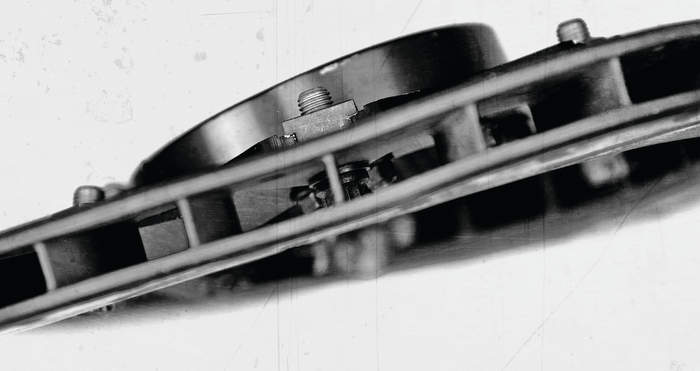Charlie207
Full Access Member
Where would I find the specs for minimum rotor thickness (Front/rear)? My pads are getting low up front (rears still look fine), but I figured I don't need new rotors this time.
I found this info in the 2000-2006 section when searching for the GMT900 info, but I'm not sure if this applies:
Front JC3,JC4,JH2 nominal 1.142 discard 1.083
Rear JC3,JC4,JH2 nominal 1.181 discard 1.122
Front JH6 nominal 1.496 discard 1.437
Rear JH6 nominal 1.142 discard 1.083
I found this info in the 2000-2006 section when searching for the GMT900 info, but I'm not sure if this applies:
Front JC3,JC4,JH2 nominal 1.142 discard 1.083
Rear JC3,JC4,JH2 nominal 1.181 discard 1.122
Front JH6 nominal 1.496 discard 1.437
Rear JH6 nominal 1.142 discard 1.083


